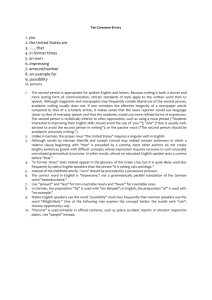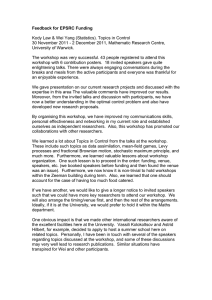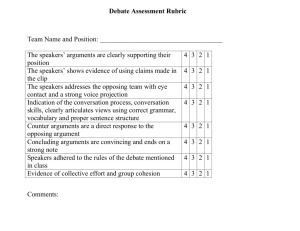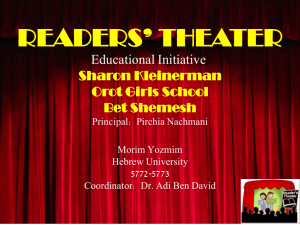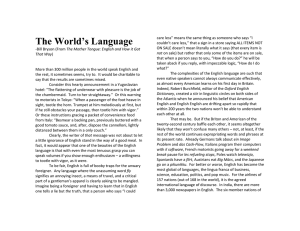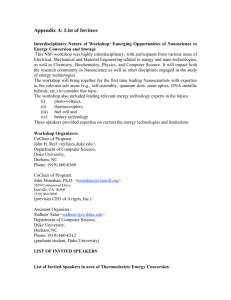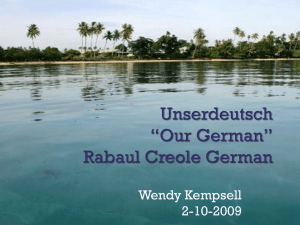Words connecting generations: good practice format
advertisement
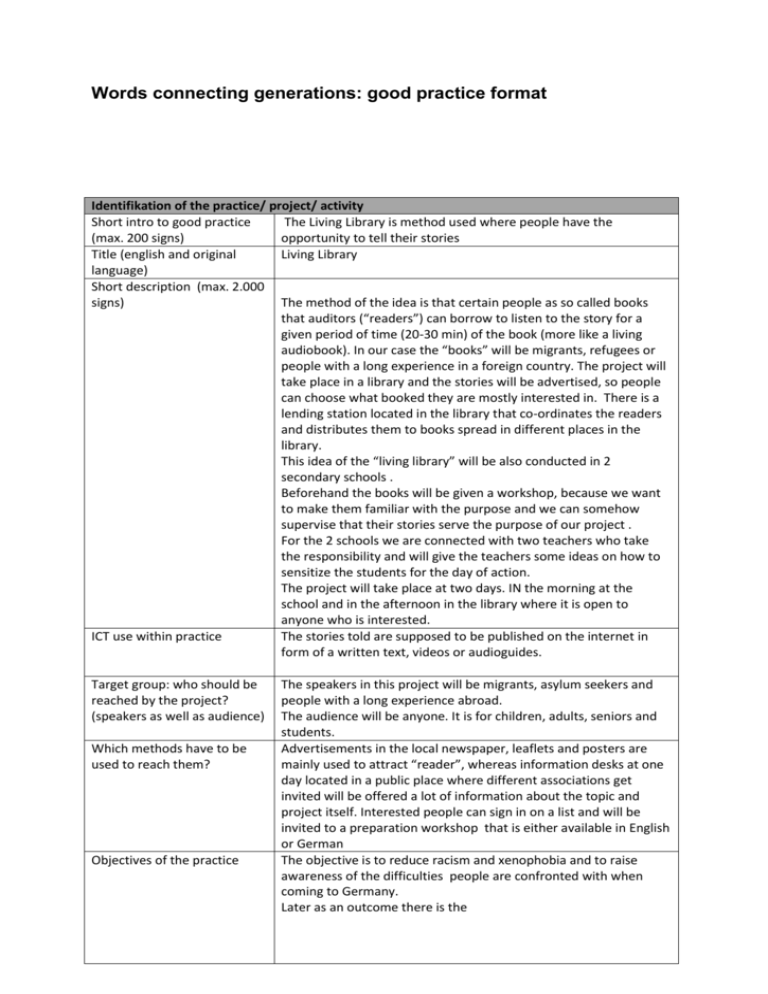
Words connecting generations: good practice format Identifikation of the practice/ project/ activity Short intro to good practice The Living Library is method used where people have the (max. 200 signs) opportunity to tell their stories Title (english and original Living Library language) Short description (max. 2.000 signs) The method of the idea is that certain people as so called books that auditors (“readers”) can borrow to listen to the story for a given period of time (20-30 min) of the book (more like a living audiobook). In our case the “books” will be migrants, refugees or people with a long experience in a foreign country. The project will take place in a library and the stories will be advertised, so people can choose what booked they are mostly interested in. There is a lending station located in the library that co-ordinates the readers and distributes them to books spread in different places in the library. This idea of the “living library” will be also conducted in 2 secondary schools . Beforehand the books will be given a workshop, because we want to make them familiar with the purpose and we can somehow supervise that their stories serve the purpose of our project . For the 2 schools we are connected with two teachers who take the responsibility and will give the teachers some ideas on how to sensitize the students for the day of action. The project will take place at two days. IN the morning at the school and in the afternoon in the library where it is open to anyone who is interested. ICT use within practice The stories told are supposed to be published on the internet in form of a written text, videos or audioguides. Target group: who should be reached by the project? (speakers as well as audience) Which methods have to be used to reach them? Objectives of the practice The speakers in this project will be migrants, asylum seekers and people with a long experience abroad. The audience will be anyone. It is for children, adults, seniors and students. Advertisements in the local newspaper, leaflets and posters are mainly used to attract “reader”, whereas information desks at one day located in a public place where different associations get invited will be offered a lot of information about the topic and project itself. Interested people can sign in on a list and will be invited to a preparation workshop that is either available in English or German The objective is to reduce racism and xenophobia and to raise awareness of the difficulties people are confronted with when coming to Germany. Later as an outcome there is the Steps to take Financial resources Human resources: - Staff (paid, voluntary) - Needed partners / support for the project time and duration ( Required time to prepare and implement the project) Our given resources will enclose about 1100 Euros A lot of voluntary help is needed from both sides: books and organization team. Overall we need 60 books, because in the schools we want 3 classes to interact and we want breaks for the books. For the staff it would be nice to have a team of 20 people for the conduction of the project on the day itself. We especially need people who can translate into other languages than German and English There are 4 months we need to acquire books, to give them a workshop Effects of the practice /project Quantitative results of the project (how many The books themselves shouldn’t tell their story more than twice or participants, how often..) three times per day Added value and learning outcomes for the participants For the participants we hope that they will somehow gain a personal outcome, especially for the readers who should afterwards mire sensitized of how difficult some lives have been. Added value and learning outcomes for the organization Testimonies of involved persons (speakers or audience or organiser) Summary Why is the project a good example? What works well? What could be changed or improved? It is a good example because it involves everybody and gives minor groups in a Germany a voice. Identification of the organisation Name Location Schools and library Type of organization Contact details Contact person (and contact details if different to organisations’ contact details Web link Languages spoken within organisation English and German and hopefully other languages Appendix: more information about this project e.g. website, blogs, audiovisual or printed material
